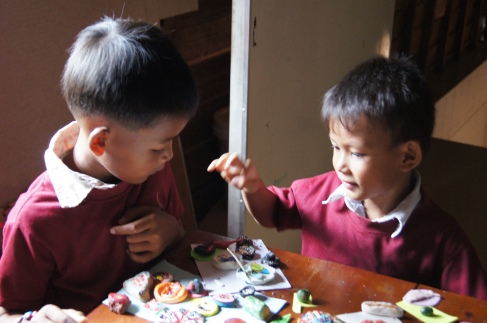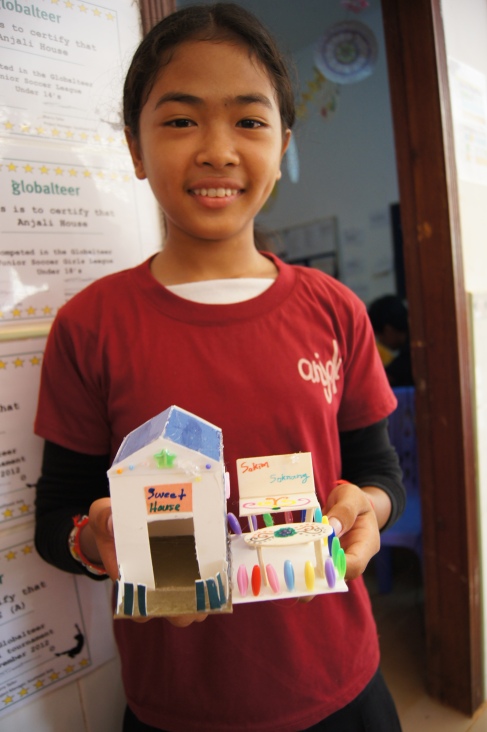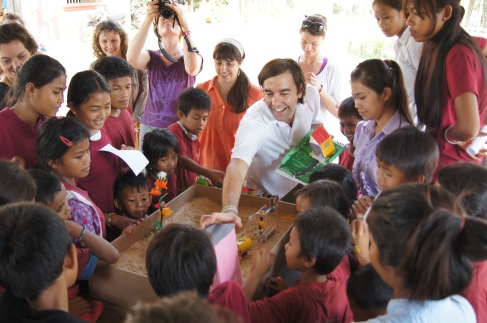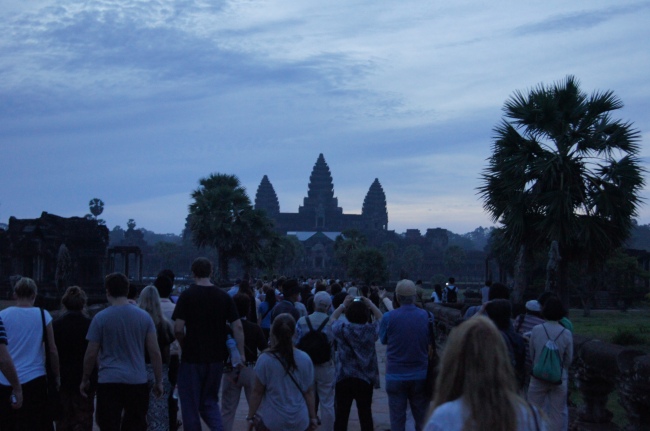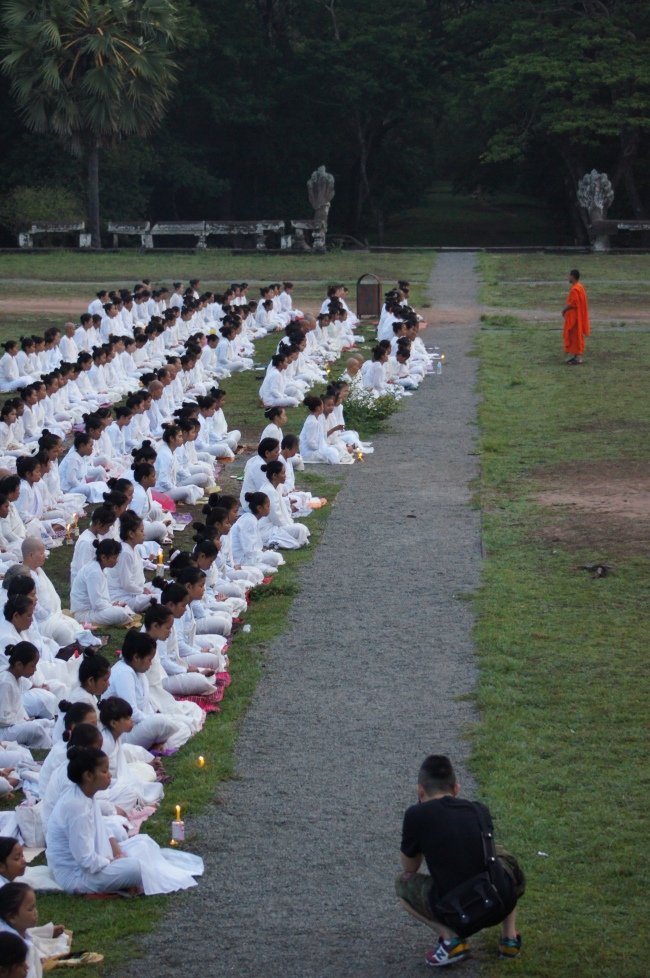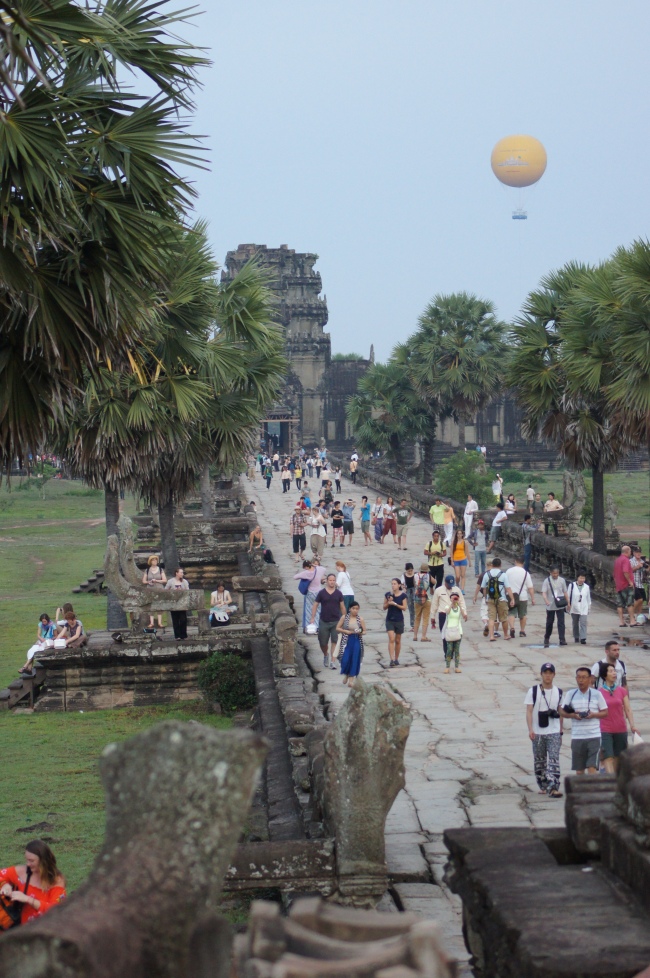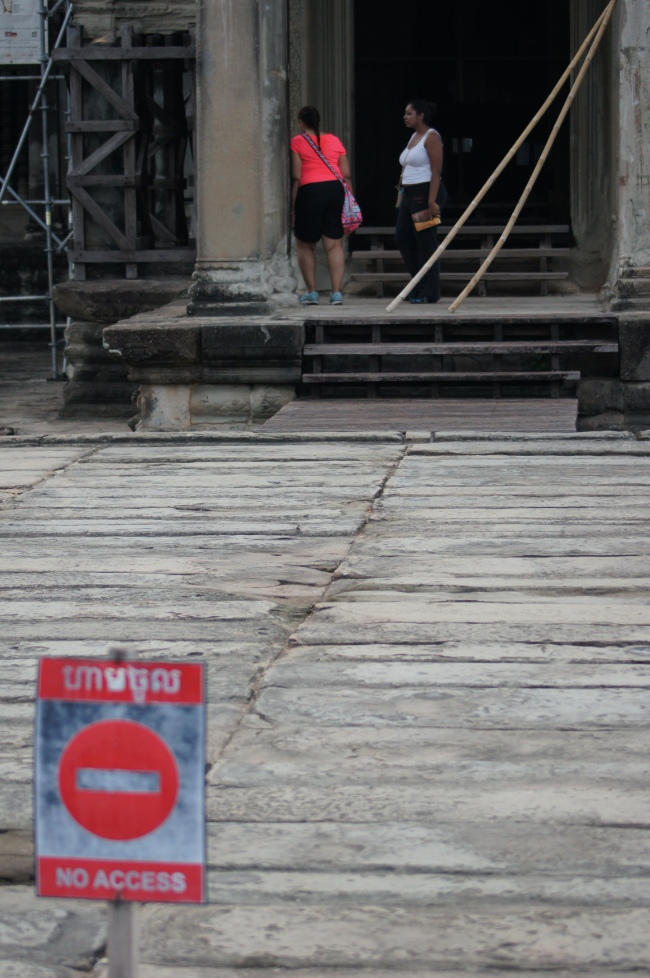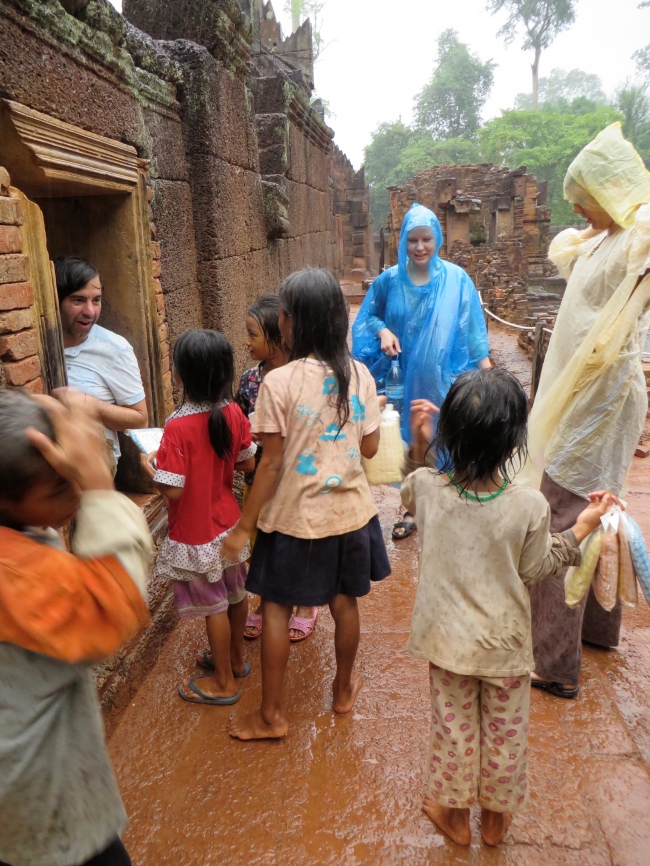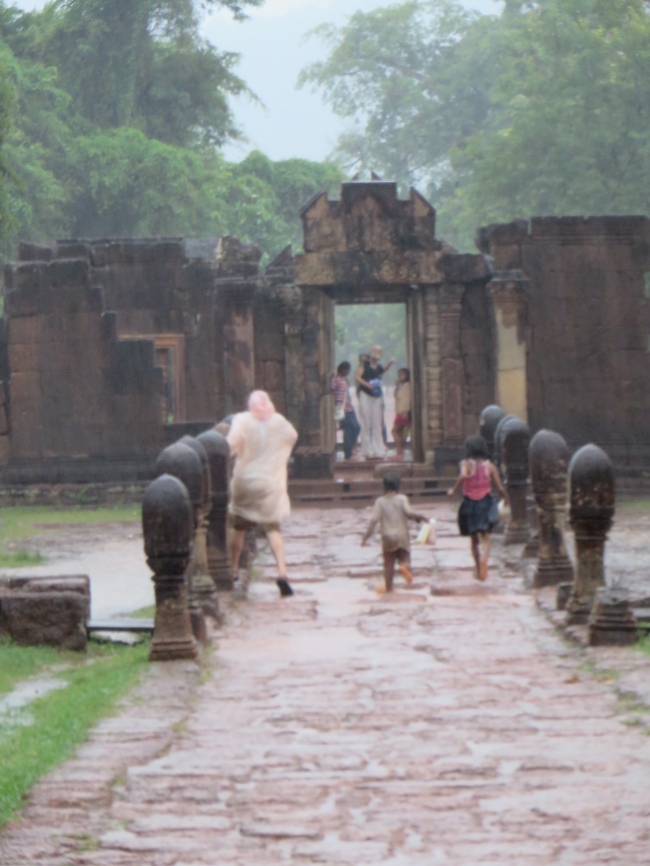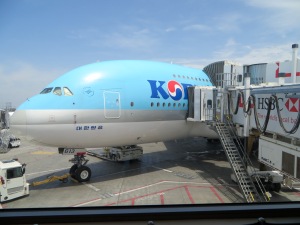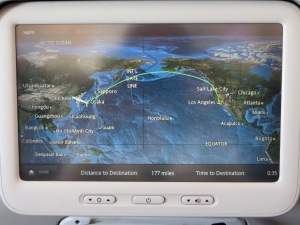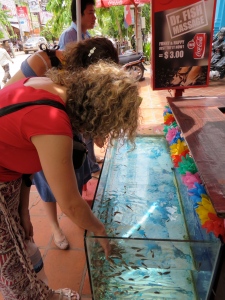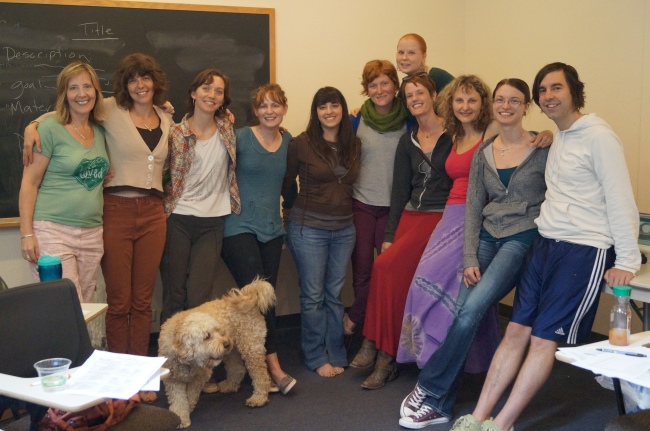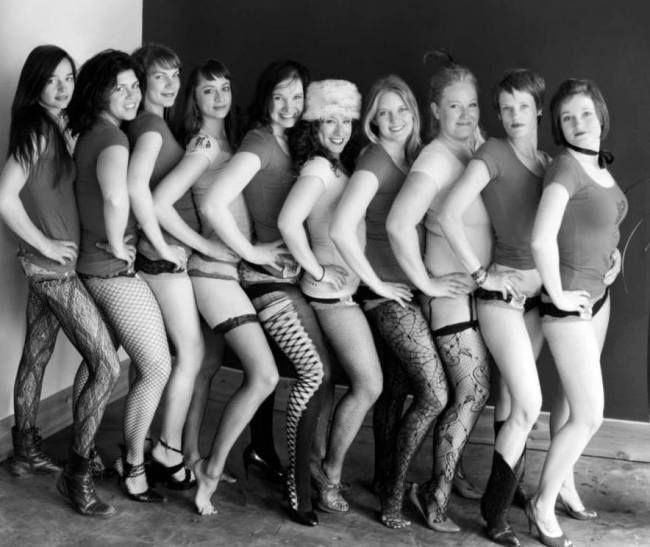By Emily Wilson
We started our work this week with an amazing organization called Cambodian Women’s Crisis Center (CWCC). At a welcoming orientation on Tuesday afternoon, we learned the extent of the work that CWCC does. I was inspired and impressed! I was also honored that several staff came to discuss the week’s collaboration even though it was a Cambodian holiday (Royal Ploughing Ceremony). CWCC is an organization started in 1997 by a group of Khmer (Cambodian) woman with a desire to help and offer a shelter for other women who had been abused, raped, or trafficked. Since then, CWCC has grown, with 4 regional offices and one more on the way. CWCC approaches its work holistically, with community-based, rights-based and empowering programs and projects. Just within the Banteay Meanchey office where we worked, there are nine extensive programs with efficacy to reach gender based violence issues from many angles:
1. Monitoring Program: http://www.cwcc.org.kh/?p=15 The first step of contact works with victims right away, documents their stories, provides initial care and compassion and coordinates with local authorities.
2. Legal Assistance: http://www.cwcc.org.kh/?p=17 Lawyers and legal professionals help to file complaints, represent clients at all levels of the court, and assist with legal processes, all free of charge.
3. Community Organizing: http://www.cwcc.org.kh/?p=26 Local ‘Duty Bearers’ help their communities understand and adhere to the laws about rape, domestic violence and trafficking. They hold training about the law and involve local stakeholders including health professionals, community counsel, and police. They also organize public awareness events such as international women’s day.
4. Anger Management: http://www.cwcc.org.kh/?p=30 This is a project geared towards the men in the community, particularly violent or abusive men. This project includes psycho-education about the laws, domestic violence and anger management, as well as coping techniques. After going through the program, participant serve as peer counselors for other men, bring awareness in their communities, and work a hotline number for men to healthily express and release anger.
5. Safe Migration and Reduce Trafficking Project (SMART): http://www.cwcc.org.kh/?p=28 This project provides psycho-education about unsafe migration, especially due to trafficking, of women and children at border crossings. It includes peer educators that bring the information and awareness to their communities.
6. Safe Shelter: http://www.cwcc.org.kh/?p=19 The safe shelter is a place that victims of gender based violence, sexual assault and rape, and trafficking can come to be safe. They can also generally bring their small children. The safe shelter is a protective place that provides shelter, day care, children access to school, as well as vocational training, health care, food and counseling for the clients.
7. Reintegration: http://www.cwcc.org.kh/?p=24 This is a team that helps to reintegrate clients back to their home, home community or another community. This team assesses the viability of reintegration and does follow up visits to assure that the client is flourishing.
8. Girls Access to Education: http://www.cwcc.org.kh/?p=32 This program creates scholarships for women and girls to attend school, including paying for books, uniforms, supplies and tuition. Many girls have attended University because of this program.
9. Micro Finance Project: The micro finance projects works within communities to help facilitate women creating savings groups, so that communities work together to save and loan money using a process that is agreed and fair to them. There are also grants, mentoring, and coaching for groups of women who want to create a joint small business.
The next day (Wednesday) we met with dedicated and caring members of CWCC staff including counselors, social workers, crisis intervention team members, and caretakers to exchange knowledge, theory, experientials, and some practical applications of Trauma Informed Art Therapy. We then had group art sessions with the clients and the staff using art interventions that can be repeated later by the staff for group and individual therapy, as well as their own self-care. In the evenings, a more relaxed structure of open studio with some offerings was done for the clients. The next two days (Thursday and today), we again met with the staff to speak about Vicarious Trauma, Compassion Fatigue and Self- Care. I saw the staff recognize and relate to this. For me, it was important to be able to speak about what it is like to be a healing professional, a compassionate heart and how hard this work can be. It was also beautiful to me, to see how self-care techniques like mindfulness, positive affirmations, yoga, and of course art therapy and art as therapy are so effective and vital!
There have been so many sparkling moments for me and as we finish our time with the clients and staff at CWCC, I am grateful for each connection, each interaction, and each opportunity to learn, share and create. A sparkling moment was the joy I felt seeing clients hanging up their first creations, Hope Flags, to make the space so beautiful (sa-AHT); it was in a child giggling and putting stickers all over an NCAS-I Student, Danielle’s face; it was seeing clients thrive in creating, even with little art making experience. A sparkling moment was the staff saying that they felt calm and engaged during the art making and it made them feel happy; it was being able to say so much without words. A sparkling moment for me was holding and rocking a baby to sleep so her mother, managing two other children, could engage in art making, A sparking moment was seeing staff create matchbox affirmation boxes to hold their successes, happy memories, and compliments from others, and seeing these being exchanged with joy. A proud sparkling moment was also leading an intervention, with the help of a translator and a lot of “third hands” and hearts. This offering was for participants to create a safe place (a sewed heart) to put their personal hopes and dreams. This “Healing Heart” intervention certainly filled my heart up with joy. In Part II of this blog, I will share my full sparking heart moments about this interventions!
Please note that while individual members have varying views on topics discussed in our blog, NCAS-I as a whole honors multiple perspectives, within respectful reason, and does not aim to censor material shared in our blog writings. So please keep this in mind while reading our blogs. And please feel free to add your perspective too.
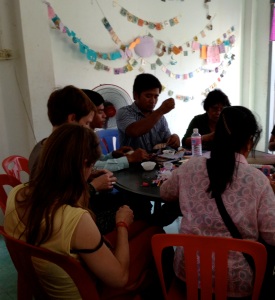
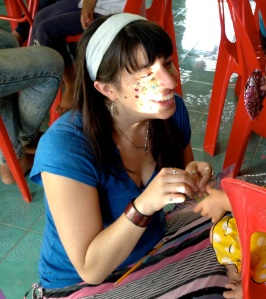 Please note that photographs are of CWCC staff or of unidentified clients, to assure the protection of the women and girls served at CWCC.
Please note that photographs are of CWCC staff or of unidentified clients, to assure the protection of the women and girls served at CWCC.

